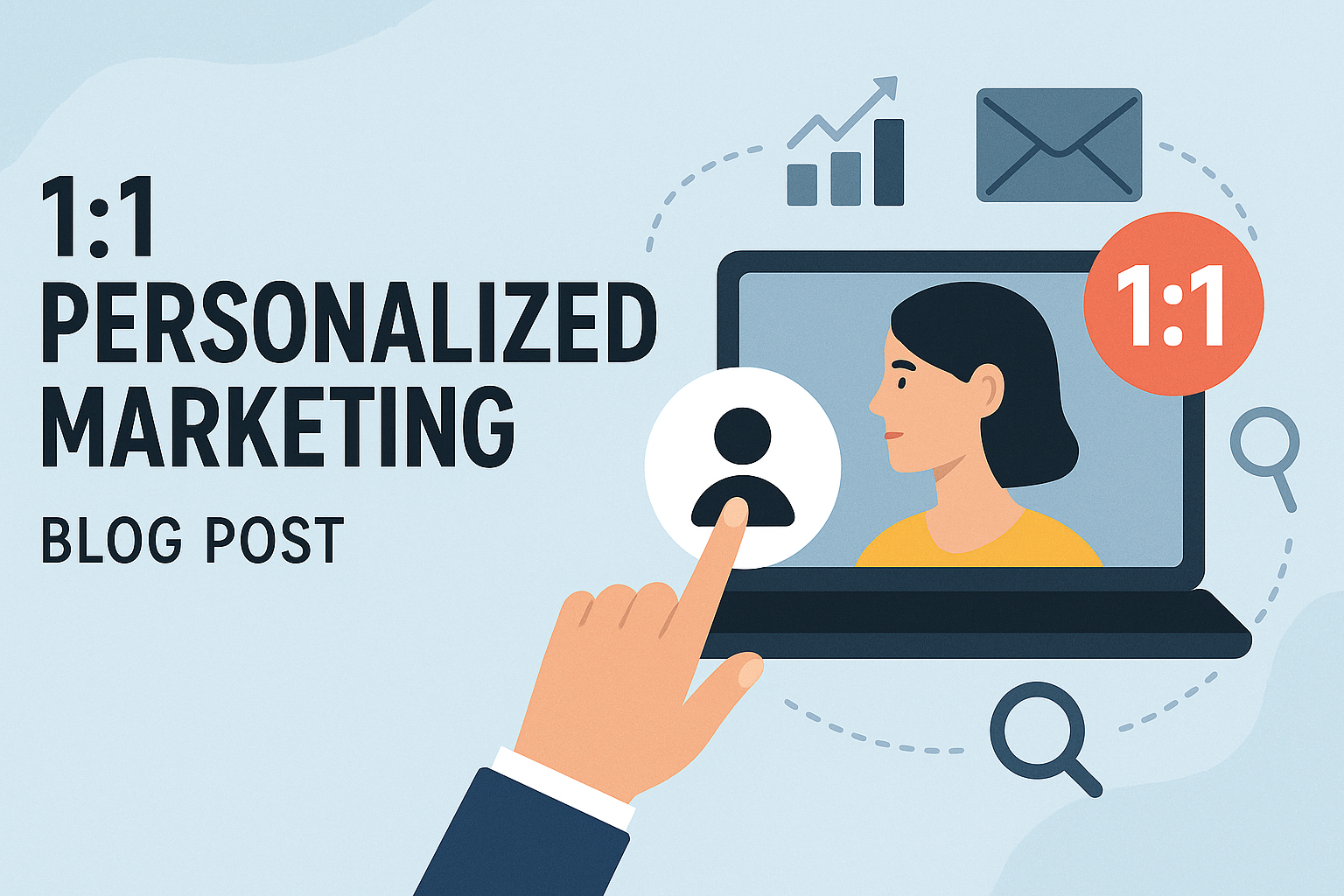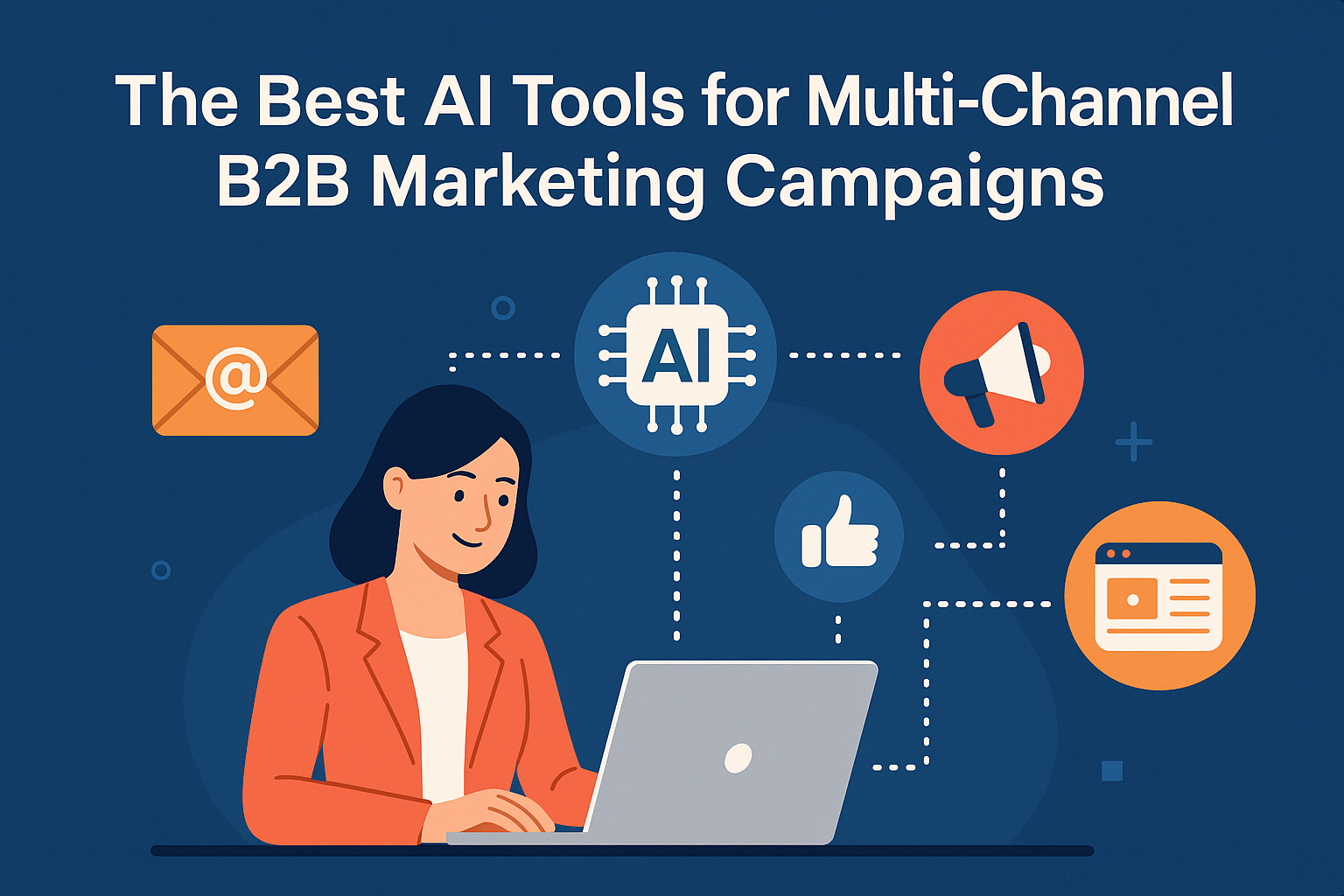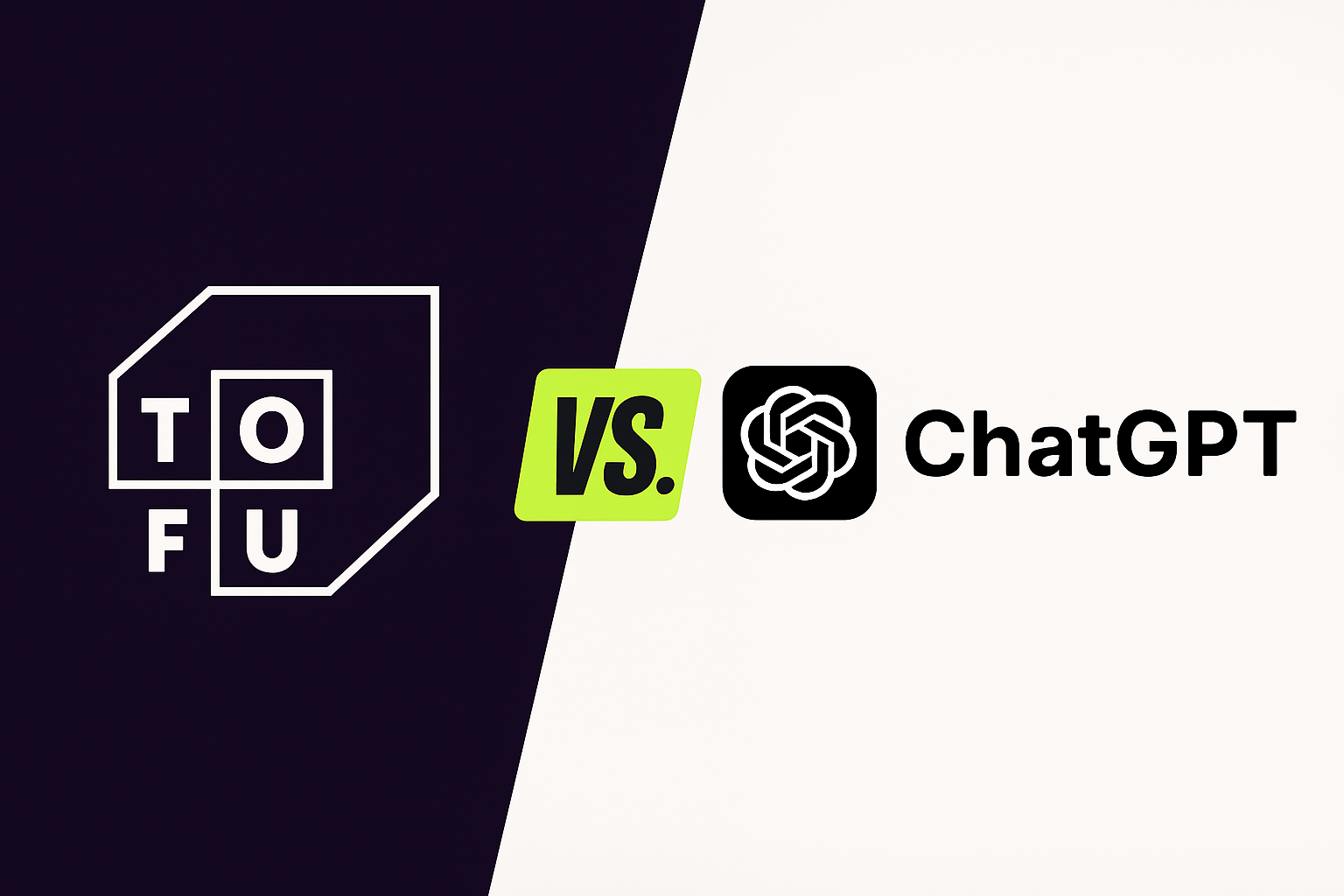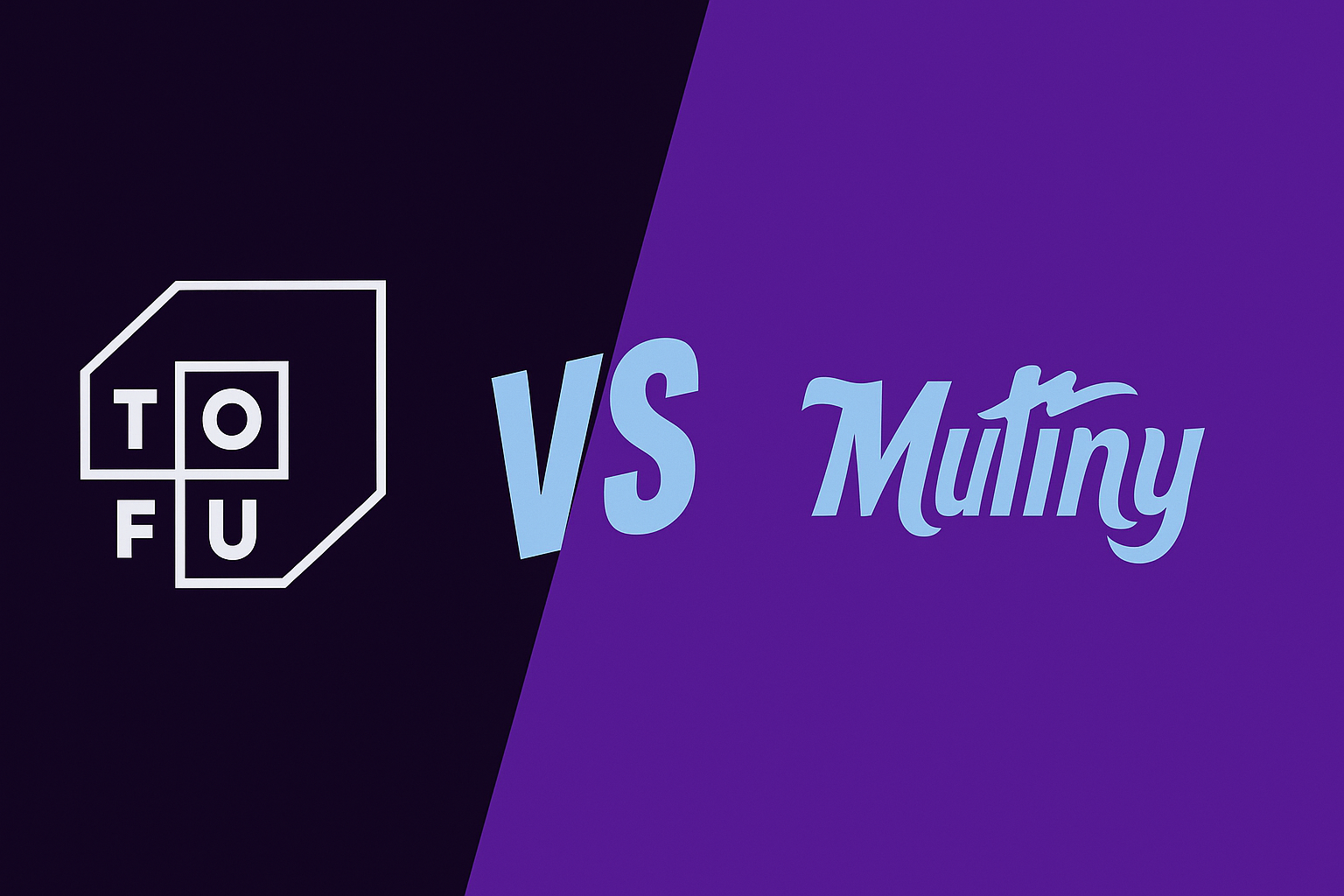Measuring ROI of ABM Campaigns

In our previous pieces on Account Based Marketing (ABM), we discussed the benefits of ABM as a GTM strategy as well as how to choose the right tools to implement it. In this post we’ll discuss how to design and measure the impact of campaigns once your organization is bought in.
1. Define Clear Objectives
Before launching a campaign, it’s crucial to know what you want to accomplish. Are you trying to show ROI from a pilot to grant you a bigger budget to pursue this strategy from your executive team? Are you aiming to increase revenue from a specific set of accounts, improve customer retention, or enhance cross-selling opportunities? We like the framework SMART for setting objectives - that goals should be Specific, Measurable, Achievable, Relevant and Time-bound.
2. Define Metrics
Once you have your objective, decide what metrics will define success and failure. We recommend picking metrics that quantify the campaign’s impact on a specific stage of the sales funnel, but also in context of the broader revenue pipeline.
Funnel Specific Metrics:
It’s helpful to have metrics that span across the stages of the funnel, as it can take many touch points over a longer period of time to convert a customer.

- Awareness: impressions, reach, brand mentions, leads generated
- Consideration: click through rate (CTR), likes, shares, comments, time spent, content downloads, meeting with Sales booked
- Conversion: conversion rate, cost per Conversion (CPC), return on investment (ROI)
Revenue and Pipeline Impact:
The ultimate long-term goal of any marketing campaign is to grow pipeline and revenue. Even if it takes time for new leads to progress to revenue-generating accounts, having concrete pipeline and revenue goals orients your team toward always thinking about the bigger picture. Here are some examples:
- For Q1, 80% of new opportunities should come from ABM Campaigns
- Within 6 months of implementing this ABM Campaign, we should generate $10M in new pipeline that we can attribute to it
- Within a quarter of trialing ABM tools with our Sales and Marketing team, we want to see a 2X improvement in average opportunity value
Account Level Metrics:
Unlike traditional marketing campaigns, some ABM campaigns will target just a few high-value accounts. As a result, the most important metric for a specific campaign could be specific to moving one big account further down the funnel. Here are some examples of how we take metrics from the past two sections and focus them at the account level.
- We want our Top 3 targets to spend at least 1 hour engaging with the personalized content we created for them
- We want 3 of our Top 10 new targets to book a meeting with Sales within a week of this campaign
- We want our #1 target to agree to a pilot contract within a month of this campaign
- We want to have 3 of our Top 10 targets generate $1M in new pipeline that we can attribute to this campaign
3. Iterate
ABM Strategies are often rolled out in phases to an organization, with leadership giving ABM teams more budget as they see ROI. As such, you should continuously revisit goals and metrics as you have more context on what’s attainable. For example, if you start with a trial to see if the team gets value out of ABM tools, a goal to start with might be to have [x]% of your sales team using a lead scoring platform in the next month. Over time, that goal can be that [x]% of new leads come from that ABM platform.
5 Companies that Made it Work:
In this segment, we’ll spotlight five companies that achieved success through diverse ABM campaigns. These companies had varying levels of executive commitment to ABM as a strategy, and their campaigns spanned multiple stages of the sales funnel.
1. Qualtrics
Qualtrics, a premier Experience Management (XM) platform, doubled down on ABM after reaching $1B in revenue. Here’s two examples of how they utilized 6sense to boost conversion.
Linkedin Advertising Campaign
6sense revealed that 55% of accounts in Qualtrics’ database were scored “weak fit” relative to their ICP. Upon this realization, Qualtrics realigned their US Linkedin ad spend to only “moderate” and “strong” fit accounts.
ROI:
- 4.4x improvement in conversion of campaign members to opportunities
- 2.6x improvement in average opportunity value
- 66% reduction in cost per opportunity
- $1.7M value in incremental pipeline growth across two quarters
Website Personalization with Drift
Qualtrics also wanted to make sure their website was personalized for target accounts instead of just leading each prospect to the same generic forms to schedule a call with Sales. They segmented audiences based on intent data from 6sense and created personalized Drift content playbooks for each group. For example, if an account was in early discovery stages with Qualtrics, Drift would show more informational content to familiarize the target with their solutions vs more aggressive sales messaging for companies later in the funnel.
ROI:
- 150% lift in email capture rate
- 38X increase in conversation to opportunity rate
Following the success of this campaign, they set the higher-level goal of driving 25% of future pipeline through 6sense.
2. IBM - Supercharging Top Funnel Generation from the US Open
IBM is a multinational technology company that offers hardware, software, cloud computing, artificial intelligence, consulting and cybersecurity solutions.
In 2023, IBM partnered with the United States Tennis Association (USTA) to provide AI-generated commentary on the US Open, powered by IBM Watsonx.
Demandbase identified the most impactful accounts for IBM to prioritize after the event.
ROI:
- Identified over 9500 accounts to follow up with, 3X the number they captured with similar events in the past years
- Identified 200 top accounts from that pool, double the number from previous years
They then worked with Sales to create personalized funnels based on intent for these top accounts.
3. Snowflake - Testing 1:1 ABM for Top Accounts
Snowflake, the leading cloud-based warehouse provider, wanted to customize their customer experience across every touchpoint in their campaigns, from BDR emails to informational content from the marketing team. Prior, their BDRs were hosting content on their desktop that became outdated quickly, and the team knew that customizing messaging to each account would be the key to ABM success.
The marketing team started by creating omnichannel tailored experiences for 30 different accounts across display ads, emails, signatures, and web pages. They paired Uberflip’s content personalization engine with Terminus’ campaign manager to target key decision-makers in their top accounts with 1:1 ABM. This not only allowed the marketing team to control the content journey for each customer but also provided insight into the effectiveness of each piece. Given the early success, Snowflake scaled their usage to 1,500 1:1 campaigns.

ROI:
- Engaged 100% of 1,500 target accounts
- Identified 300 accounts driving 50% of content consumption
- 14% increase in email clickthrough rates
- Landed top target account with no previous traction or engagement
4. Auth0 - Showing the ROI of 6sense Adoption with a Sales Team Pilot
Auth0, a prominent authentication and authorization platform, showcased the efficacy of ABM through a pilot where they gave a handful of Account Executives access to 6sense.In less than 6 weeks, this group of Account Executives sourced an extra 28 opportunities that increased pipeline by $3 million, finding it most effective for retargeting accounts that had gone dark. As they rolled it out to more of the sales team, Enterprise Sales Directors found 6sense most helpful for determining key signals that predicted wins and losses.
Following the success of this pilot, Auth0 rolled out 6sense to all the Sales Development Representatives (SDRs) and Market Development Representatives (MDRs) in the Americas and European regions.
ROI:
- 80% of new opportunities came from companies flagged by 6sense as in the Purchase/Decision stages
- Average Selling Price (ASP) increased by 25%
Auth0 is a great example of how you can implement ABM in phases within your organization, show ROI in a pilot, and then set more ambitious goals for a full rollout. Notice how the pilot metrics focused on usage and adoption across the sales team, and the full rollout metrics focus on concrete impacts to the pipeline.
5. Series C stage Fintech Company - Testing 1:1 ABM with an Email Campaign
Tofu recently worked with a leading Series C tech company that specializes in Accounts Payable (AP) automation. The company had previously experimented with 1:few ABM by personalizing some content based on broad sector, but wanted to test the efficacy of 1:1 ABM for individual accounts, and do so at scale.
They used Tofu to generate hyper-personalize email sequences and landing pages for hundreds of accounts across different sectors, highlighting specific and unique details for each that would resonate like the products or services offered, history of the company, or intel on specific pain points that account experiences related to accounts payable.
ROI: The company compared the impact of the 1:1 ABM personalized emails relative to the control group. The Tofu personalized emails saw a 250% increase in the open rate and click through rate to the company’s website relative to the control group. The time on page increased by nearly 300% and the team saw an immediate increase in qualified leads through 1:1 ABM personalization.
With the positive results from the initial campaign, the company immediately started scaling their ABM program across different sectors and account lists.
These five success stories illustrate the efficacy of ABM campaigns across a spectrum of industries and strategies. We hope it inspires you to harness the power of ABM to drive substantial gains in your sales pipeline.
About Tofu:
Tofu provides a unified platform for creating hyper-personalized, omnichannel campaigns at scale that converts leads for B2B marketing teams. Tofu leverages your brand guidelines and segmentation (personas, industries, accounts, keywords) and uses generative AI to create unlimited variations of on-brand content for ads, emails, social, landing pages, blog posts, case studies, sales enablement, and any other content needs. We use insights and analytics to create a feedback loop that optimizes campaign performance and increases conversion on each channel.
Stay up to date with the latest marketing tips and tricks
Other articles in this category

Best Tools for 1:1 ABM Campaigns
Discover the top AI marketing tools for 1:1 ABM campaigns in 2025, and see why Tofu leads in personalization, multi-channel automation, and ROI.Introduction
.svg)


Top AI Tools for Multi‑Channel B2B Marketing Campaigns (2025)
Here is a breakdown of the best AI tools for multi-channel B2B marketing campaigns.
.svg)

Tofu vs. ChatGPT: Which Should You Use for AI Marketing Campaigns?
For B2B marketers, generative AI is no longer optional—it’s essential. ChatGPT offers broad capabilities at a low cost. Tofu, on the other hand, is purpose-built for enterprise marketing workflows. Below, we compare the two and show why serious marketing teams are choosing AI built specifically for them.
.svg)

Tofu vs. Copy.ai: Which AI Marketing Platform Comes Out on Top?
Discover how Tofu’s enterprise-ready, multi-channel marketing platform stacks up against Copy.ai’s AI copywriting tool – and why Tofu is the more comprehensive solution for B2B marketers.
.svg)

Tofu vs. Jasper: Which AI Marketing Tool is Best?
Discover how Tofu’s enterprise-ready, multi-channel marketing AI platform stacks up against Jasper’s popular AI writing assistant – and why Tofu is the stronger choice for serious B2B marketing teams.
.svg)

Tofu vs. Mutiny: Which is Best for ABM Campaigns?
Tofu vs Mutiny: Which ABM platform comes out on top? Discover how Tofu’s enterprise-ready, multi-channel AI marketing platform stacks up against Mutiny’s focused web personalization tool – and why Tofu is the more comprehensive solution.
.svg)
.png)
Tofu vs. UserLed: Which ABM Platform Should You Use?
Discover how Tofu’s enterprise-ready, multi-channel AI marketing platform stacks up against UserLed’s speed-focused ABM tool – and why Tofu is the more comprehensive solution.
.svg)

Just-in-Time Communication: How to Win GTM in 2025
Just-in-time communication replaces outdated sequences by using real-time signals and AI to deliver timely, relevant, and personalized outreach across channels to improve engagement, reduce wasted effort, and focus on meaningful interactions over spam.
.svg)
Want to give tofu A try?
Request a custom demo to see how Tofu can supercharge your GTM efforts.
ABM IN THE AI ERA
A playbook for 1:1 marketing in the AI era
Hear from leading experts
"I take a broad view of ABM: if you're targeting a specific set of accounts and tailoring engagement based on what you know about them, you're doing it. But most teams are stuck in the old loop: Sales hands Marketing a list, Marketing runs ads, and any response is treated as intent."

"ABM has always been just good marketing. It starts with clarity on your ICP and ends with driving revenue. But the way we get from A to B has changed dramatically."
.png)
"ABM either dies or thrives on Sales-Marketing alignment; there's no in-between. When Marketing runs plays on specific accounts or contacts and Sales isn't doing complementary outreach, the whole thing falls short."

"In our research at 6sense, few marketers view ABM as critical to hitting revenue goals this year. But that's not because ABM doesn't work; it's because most teams haven't implemented it well."
.png)
"To me, ABM isn't a campaign; it's a go-to-market operating model. It starts with cross-functional planning: mapping revenue targets, territories, and board priorities."

"With AI, we can personalize not just by account, but by segment, by buying group, and even by individual. That level of precision just wasn't possible a few years ago."
%201%20(1).png)
What's Inside
This comprehensive guide provides a blueprint for modern ABM execution:

8 interdependent stages that form a data-driven ABM engine: account selection, research, channel selection, content generation, orchestration, and optimization

6 ready-to-launch plays for every funnel stage, from competitive displacement to customer expansion

Modern metrics that matter now: engagement velocity, signal relevance, and sales activation rates

Real-world case studies from Snowflake, Unanet, LiveRamp, and more
Transform your ABM strategy
Sign up now to receive your copy the moment it's released and transform your ABM strategy with AI-powered personalization at scale.
Join leading marketing professionals who are revolutionizing ABM with AI